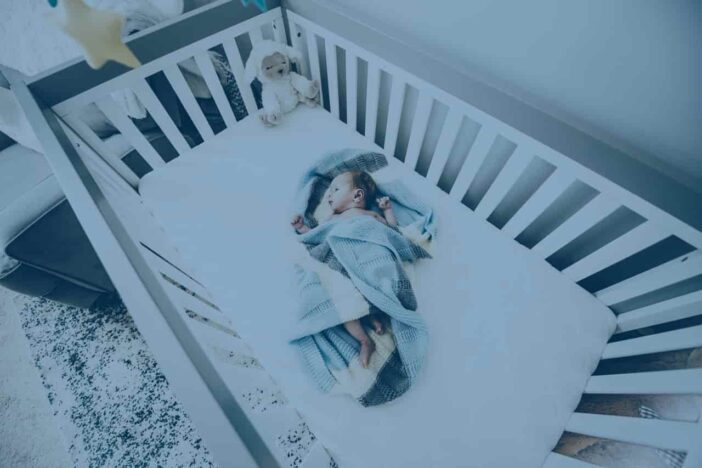Parenting is no easy task. It takes a lot to keep up with your baby, especially the time when they start learning how to crawl or when they start taking their first steps. Here we will talk about why you need a baby monitor.
One minute they are here, the next, they are there, from the kitchen to the bedroom with such speed that could leave you wondering where they are. It can easily tire you out. It might seem fun for the baby, but it is not fun for you as you could have other things to deal with that may take your time. How then do you keep an eye on the baby? How do you ensure that they are not getting into some trouble on their own the moment your back is turned? How do you know when they are in need of some help? The answer to all these lies in a baby monitor.
What is a Baby Monitor?
A baby monitor is a device that you can use to watch what your kid is up to. It is usually in the form of a normal LCD monitor with a widescreen and comes with a camera that you install in some part of the house, like the bedroom, or anywhere else the baby spends much time. From the monitor, you get a view from the camera in real-time, meaning you have an eye on the baby’s actions. It is like having a pair of extra eyes in some other part of the house.
Conventional baby monitors only show you the activities that happen from the one camera installed. What then happens if you decide to install another camera? This might be necessary if you need to monitor the baby’s activities in more than one part of the house. You will have to get a split-screen monitor.
A split-screen monitor differs from the traditional one because you can view videos from more than one camera feed. This means that you can monitor your baby from more than one camera and view them all, even though not simultaneously as you will have to switch between cameras. Some monitors even allow you to view from four installed cameras. The more cameras you can view, the easier it will be to monitor your child.
But why do you need the best split-screen baby monitor? What makes it different from the conventional? You should consider getting one for the following reasons
1. To Monitor More
Sometimes, a baby needs to be monitored in more than one room. Maybe they have a separate play area or they spend more time in some other part of the house. Normal baby monitors will not let you do that as you can only view from one screen. But with a split-screen, you can readily view what your baby is up to from multiple cameras.
2. You Have More Than One Baby
It can be a hassle to keep up with one baby, not to talk of two or more. You could have twins or triplets or other young children in your house. Monitoring them from one camera is not ideal as it may not be enough. By using more cameras and viewing from a split-screen monitor, you can keep up with what every kid is doing. This is also necessary if the babies sleep in different rooms.
3. It Saves Money
The only other option to not use a split-screen monitor is to get two traditional monitors, which is not a wise decision as it is not only expensive but also requires that you juggle around two or more monitors. The cost difference between a traditional monitor and a split-screen monitor might not be so much, so why not just get one that allows you to do more?
4. It Saves Space
Using one monitor allows you to save space while letting you view more things than when you use two monitors to achieve the same purpose. It also allows you to be less distracted, with your focus on more monitors.
Getting the best split-screen baby monitor is a matter of convenience, letting you do more than you would ordinarily do with a conventional screen. Some of the best split-screen baby monitors in the market today include the DBPower Baby Monitor, CasaCam Baby Monitor, and Nanit Plus Baby Monitor.
It allows you to be in more than two places at the same time so you can catch up on your work or do other things in the home while knowing what the baby is up to in other parts of the house. Consider getting one today.





